Celtic Seas
Type of resources
Available actions
INSPIRE themes
Provided by
Representation types
Update frequencies
status
Scale
-
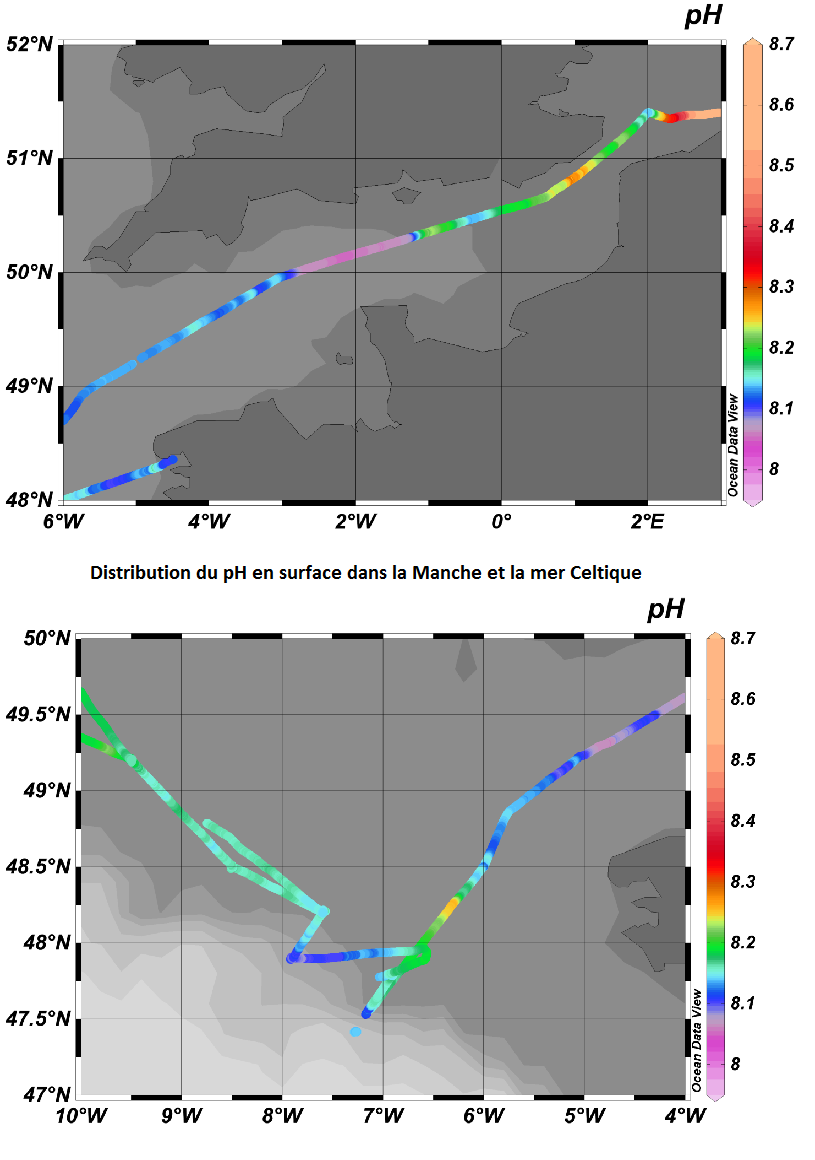
Variations spatio-temporelles des flux air-mer de CO2 et du pH dans les sous-région marine Manche-mer du Nord et mer Celtique
-
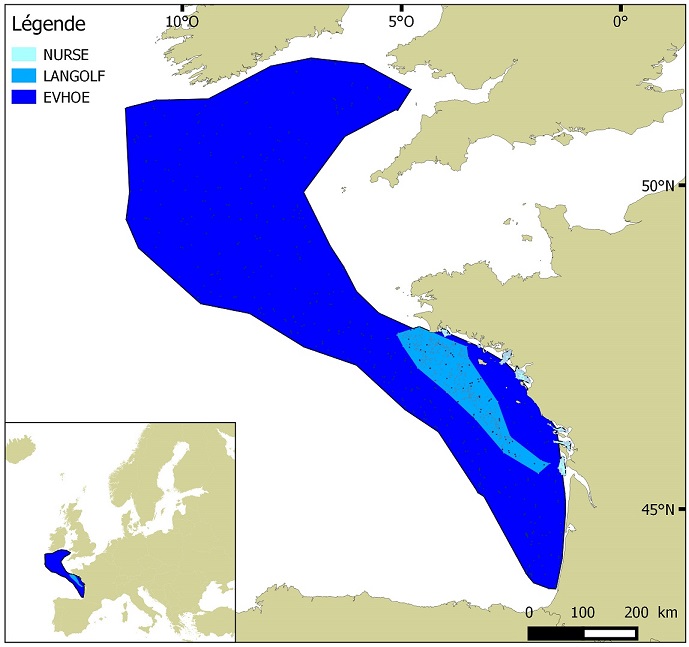
Distribution des espèces invertébrés benthiques en Atlantique établie à partir des données de densité d'abondance relative cumulées et krigées, issues des campagnes halieutiques EVHOE (2008-2013), LANGOLF (2011-2013), NURSE (2000-2013), ORHAGO (2011-2015)
-
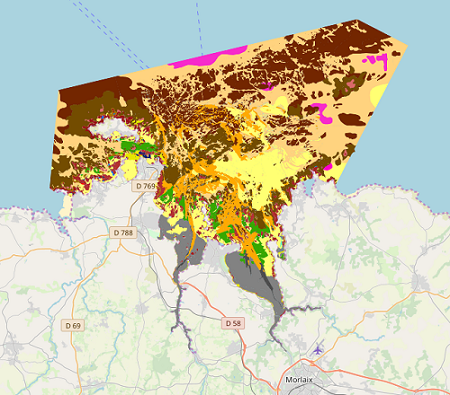
La carte de synthèse des habitats benthiques du site Natura 2000 FR5300015 - Baie de Morlaix est le fruit de la fusion et de l’harmonisation de cinq couches de données cartographiques. Elles ont été générées selon des stratégies de cartographie, des échelles d’interprétations et sur la base de supports cartographiques différents.
-
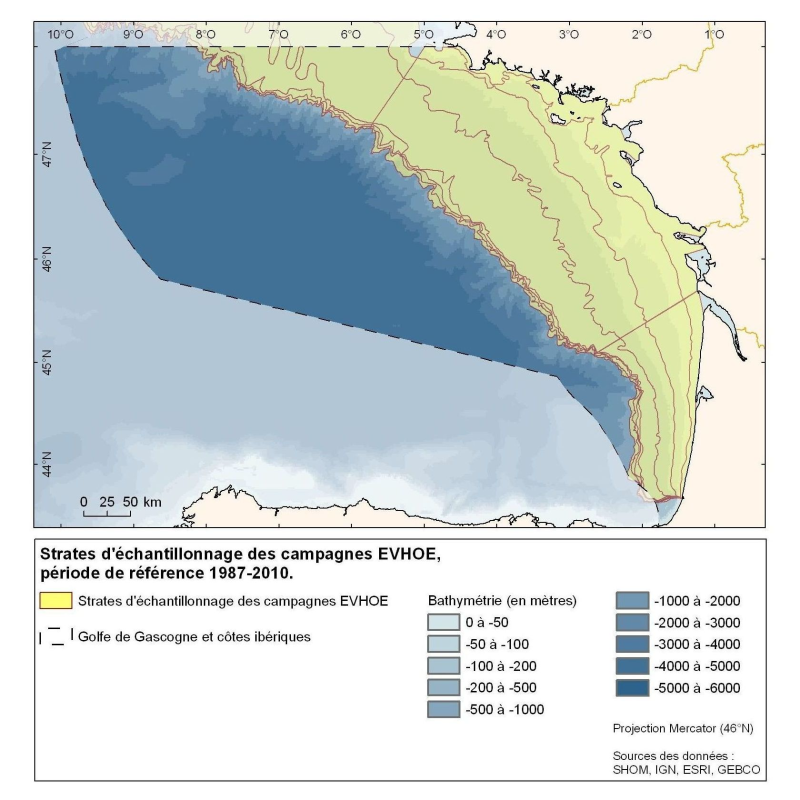
Polygones définis pour la répartition des points d'échantillonnage des campagnes Evhoe dans le golfe de Gascogne et en mer Celtique
-
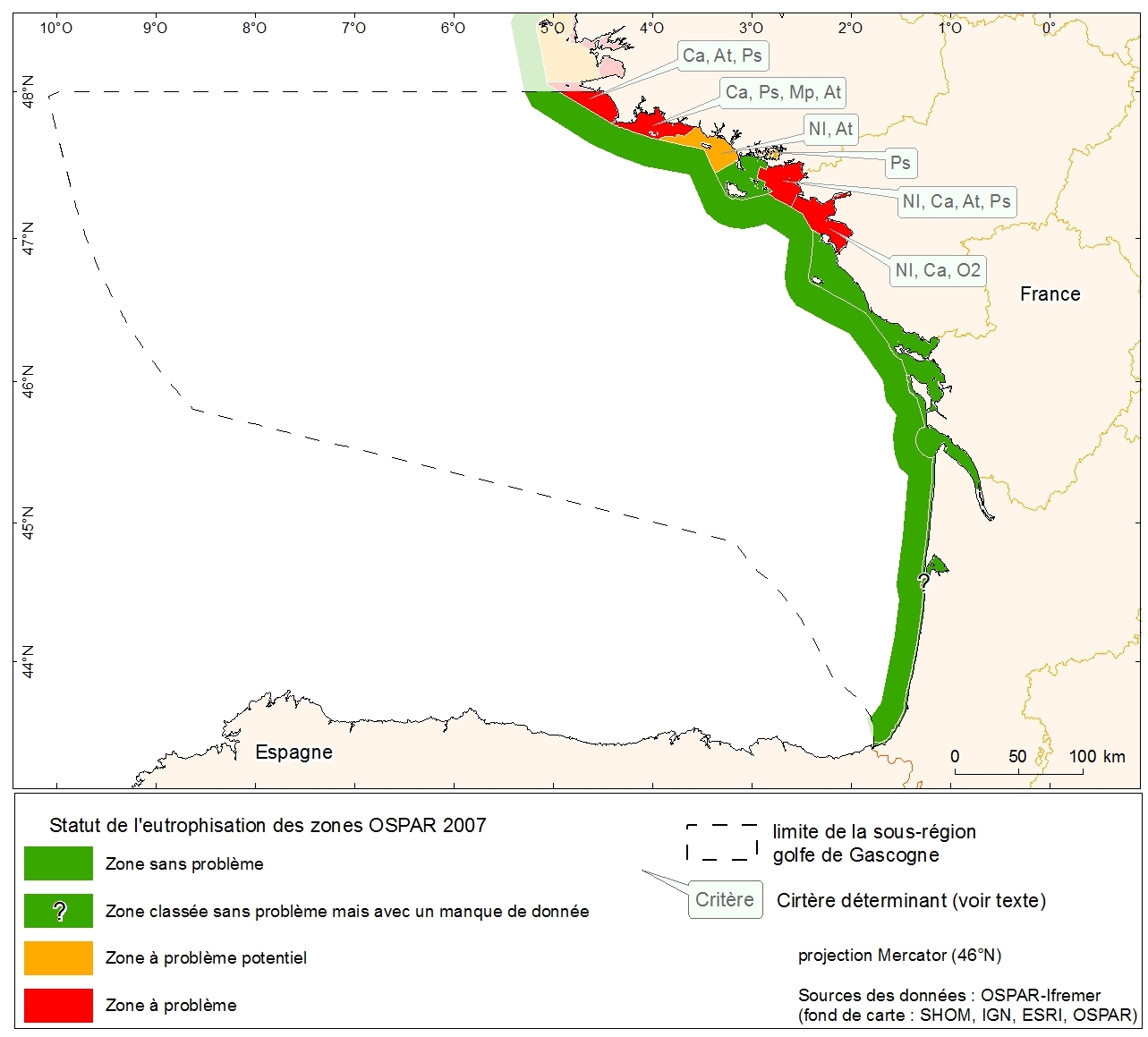
Statut d'eutrophisation des zones OSPAR 2007 sur la métropole. Donnée collectée dans le cadre de l'évaluation initiale de la DCSMM.
-
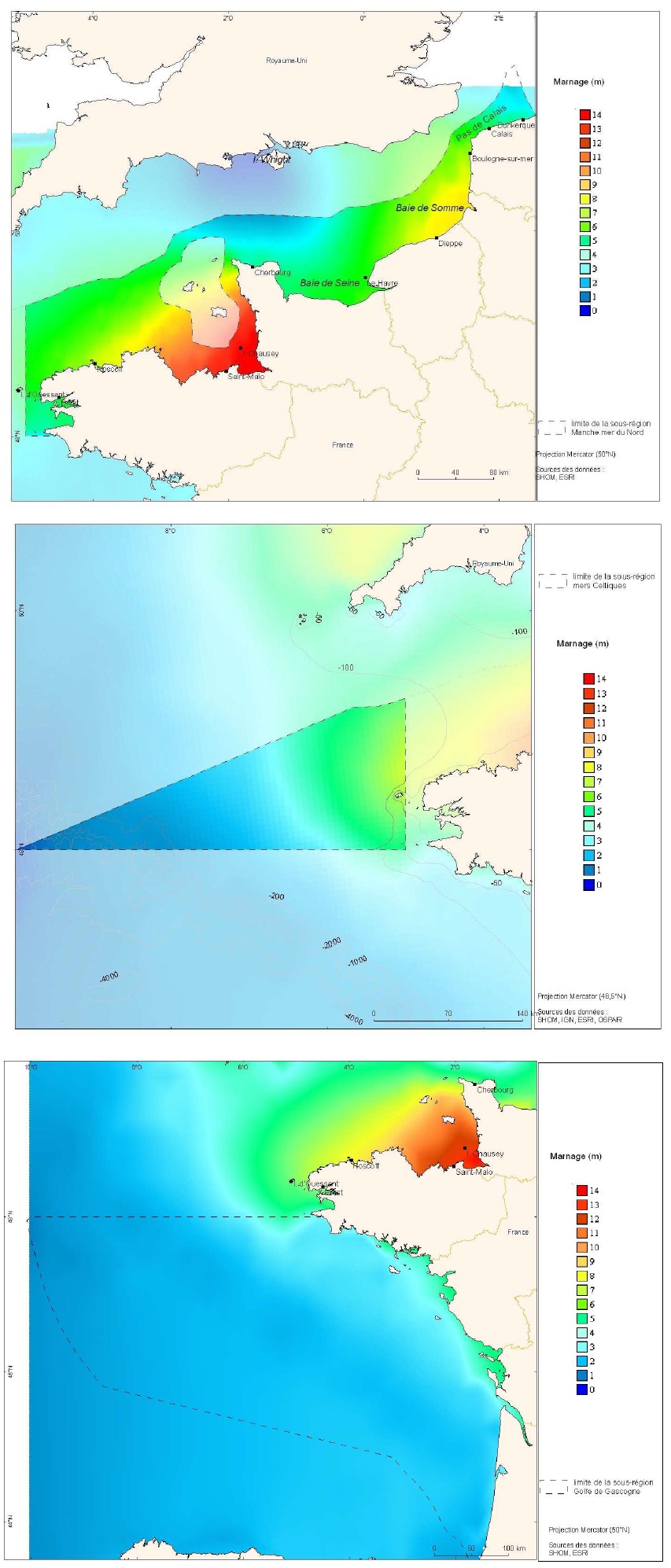
Cartes des marnages issues de la modélisation de marée CSTFRANCE pour les trois sous-régions marines Manche-mer du Nord, mers Celtiques et golfe de Gascogne.
-
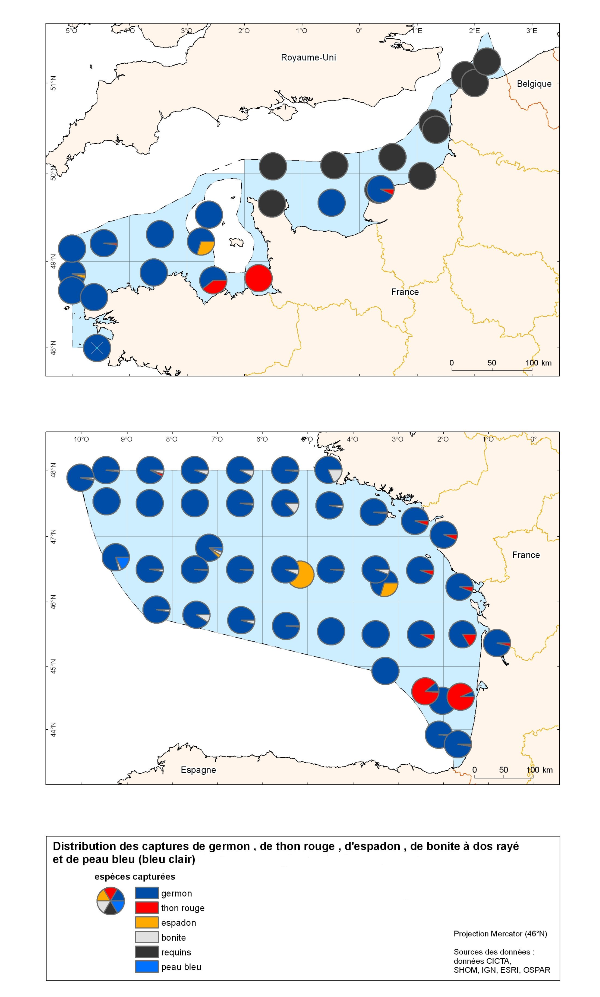
Cette carte correspond à la distributions des captures des grands pélagiques (thon rouge, espadon, germon, requin). Les données proviennent exclusivement des données de pêche.
-
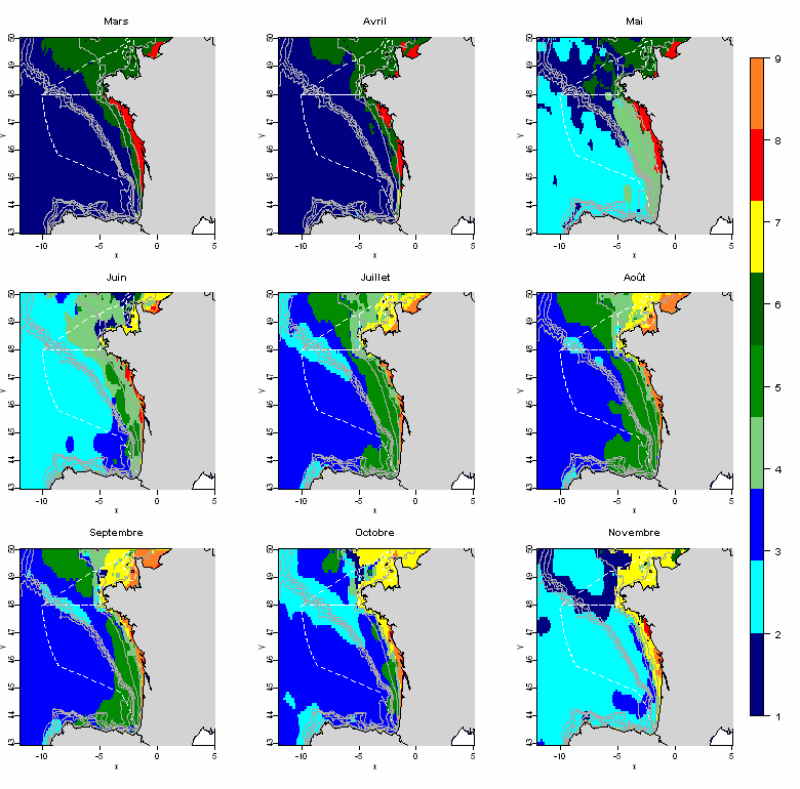
L'analyse statistique utilisée (Analyse en composantes principales suivie d’une méthode de classification) permet d’identifier des groupes communs à l’ensemble des mois et de décrire l’évolution de ces groupes au cours de l’année. Les données utilisées permettent de disposer de tables mensuelles présentant les paramètres sélectionnés, calculés sur toute la zone géographique à une résolution de 0.1°. Cette méthode permet d’identifier 10 paysages hydrologiques présents à différentes périodes de l’année, et caractérisés par des conditions hydrologiques homogènes.
-
L’analyse porte sur l'évaluation de l'état global des masses d'eaux côtières et de transition de la Manche ouest et du golfe de Gascogne. Il résulte de la combinaison de l'état écologique et de l'état chimique de chaque masse d'eau selon les règles de la directive cadre européenne sur l'eau (DCE). L’évaluation la plus récente de l’état est présentée dans l’atlas DCE Loire-Bretagne. Les états antérieurs sont accessibles dans des archives annuelles.
-
L’analyse porte sur le suivi de l'état écologique des masses d'eaux côtières et de transition de la Manche ouest et du golfe de Gascogne . L'état écologique d'une masse d'eau littorale au sens de la directive cadre européenne sur l'eau (DCE) est déterminé par l'état biologique, l'état physico-chimique et l'état hydromorphologique de la masse d'eau. L'état est déterminé selon les règles décrites dans l'arrêté du 25 janvier 2010.
 Mon GéoSource
Mon GéoSource